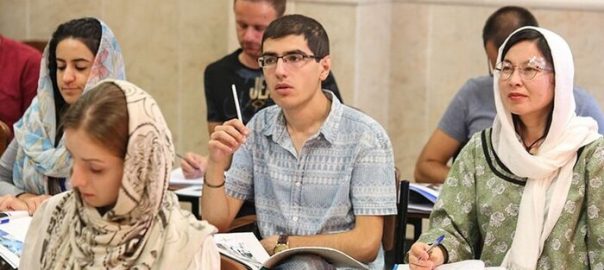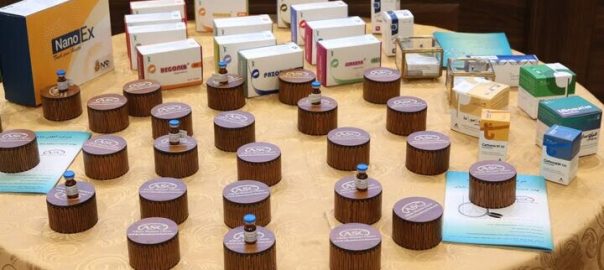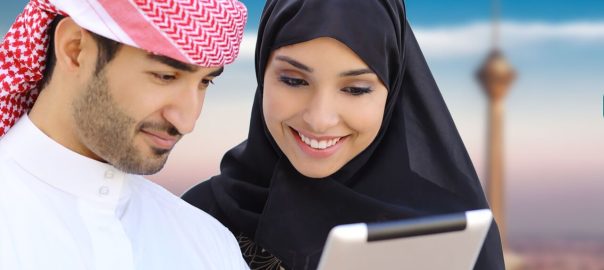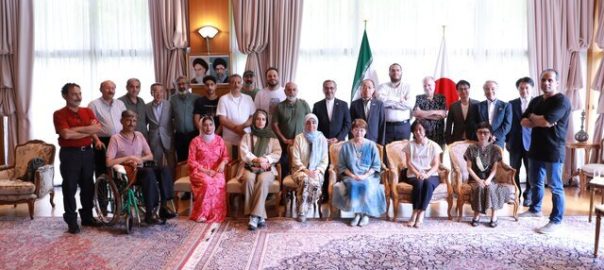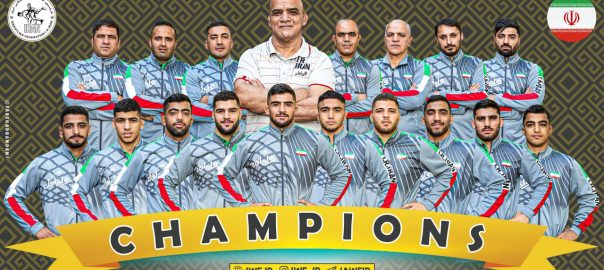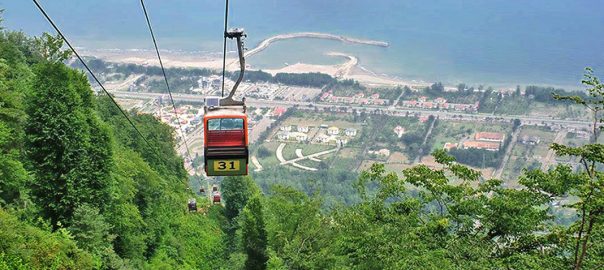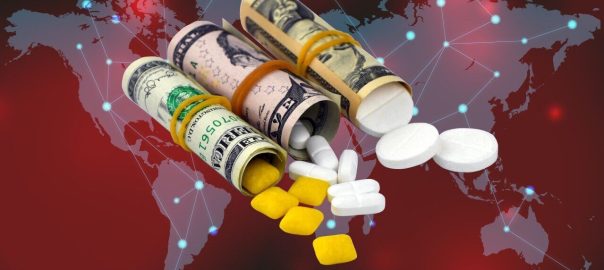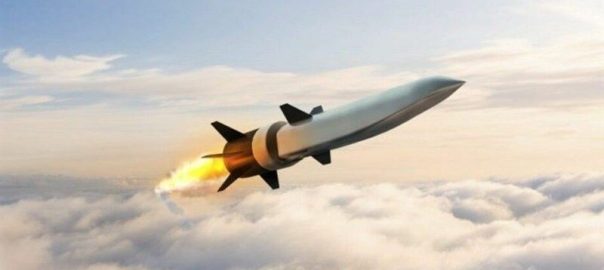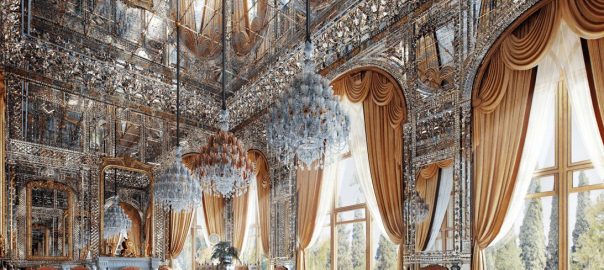The number of foreign university students in Iran is forecast to rise from currently around 100,000 to 250,000 by the Iranian calendar year 1404 (March 2025-March 2026).
Currently, international students from 119 countries are studying in Iran, IRNA reported.
Shortening the processes of providing services to international students, such as issuing visas and residence permits, offering employment, banking, and transportation services, and benefiting from cultural advisors who are currently based in 81 countries, as well as ambassadors in different countries, are among the capacities which can be used to attract more international students.
The Ministry of Science is planning to upgrade an online system titled “Study in Iran” in order to familiarize foreign students with universities as well as the conditions and costs of living in the country.
For the time being, the system is operating in four languages Persian, English, Arabic, and Chinese, deputy science minister Hashem Dadashpour said in June.
“We plan to add three more languages, namely Russian, French, and Spanish in the next few months,” he added, IRNA reported.
The system actually plays the role of an intermediary between universities and applicants for studies in Iran, Dadashpour said, noting: “We briefly introduce the universities with the license to admit international students, and at the same time, the applicants can be connected to the desired university through special links.”
This possibility is also provided for the applicants to study in Iran to register and send the admission application while being familiarized with the cultural and academic situation in Iran, and at the same time to learn about the experiences of international students in the country, he highlighted.
Also, an exhibition will be held from November 14-19 with the aim of introducing the advantages of studying in Iran for international students, he said.
“The first section of the exhibition is related to Persian language teaching centers, and the second section is related to private institutions for attracting international students and institutions of target countries.”
“The third section is dedicated to activists who are interested in attracting international students to Iran. The fourth section is related to scientific and technological achievements of science and technology parks and knowledge-based companies, and finally, the fifth section is related to the cultures and customs of foreign countries.”
The Seventh National Development Plan (2023-2027) has obliged the Ministry of Science to increase the number of foreign nationals studying in the country.
The plan emphasizes the need to boost science diplomacy by increasing foreign students by up to 10 percent, IRNA reported.
It also highlights admitting non-Iranian scientists in research and technology education fields in universities and government institutes, as well as developing student exchange programs. /T.T/

